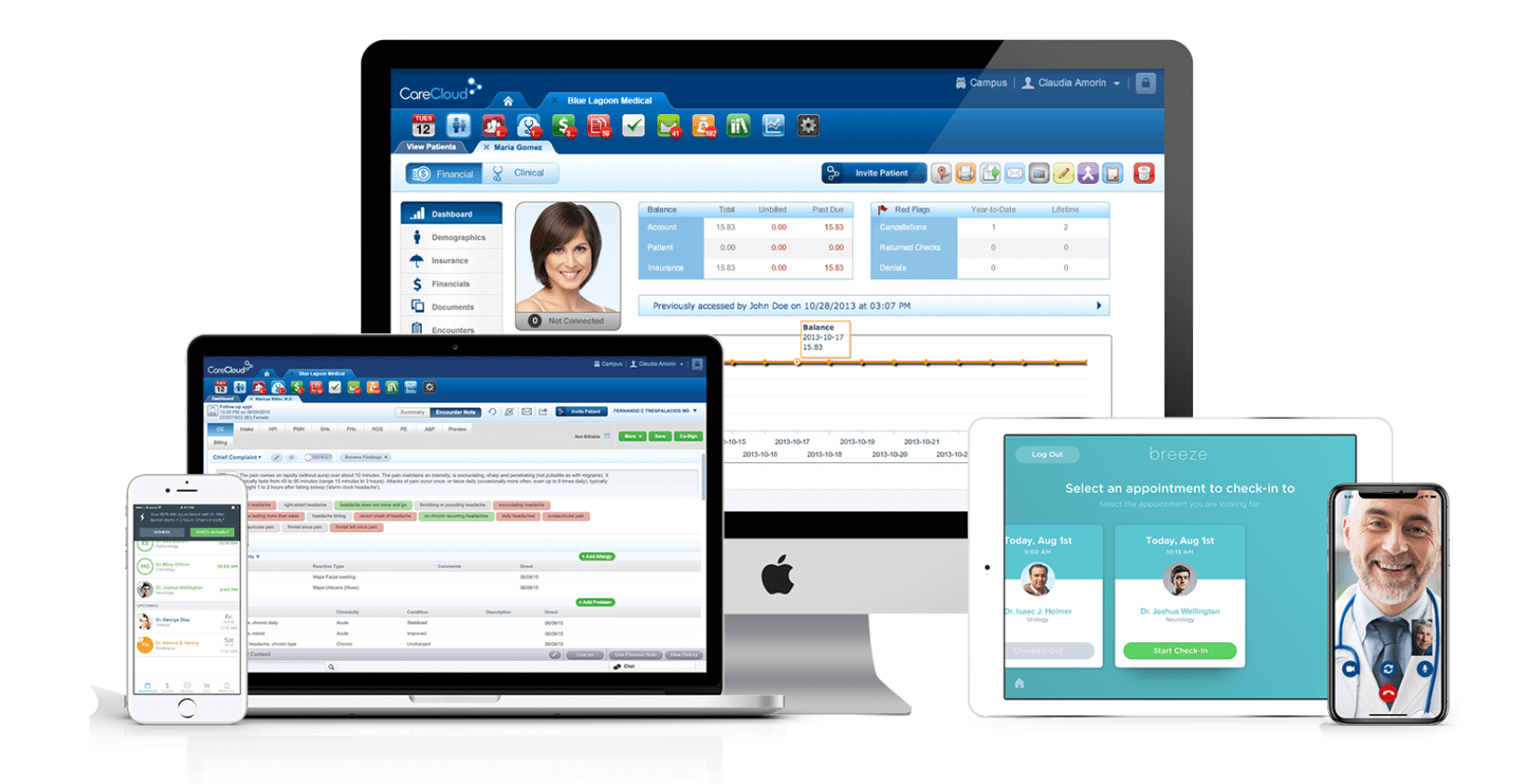The Crucial Role of EHR Integration in Achieving Healthcare Interoperability

The medical industry is one in which information sharing among healthcare providers can be difficult. By creating the right technologies, however – such as electronic health records (EHRs) or CAPTCHA based software systems- these barriers will eventually fall down so that all involved parties have access to what they need when it matters most!
The world of healthcare is changing with the introduction and persuade EHRs (Electronic Health Records). These systems allow doctors, nurses or other practitioners to electronically store patient data that they need for their treatments. This way it can be accessed quickly when needed without having any confusion about where specific information applies because everything has been cataloged into one easy-to use database!
What is EHR Integration?
EHR integration connects the EHR system to other application systems that healthcare practices use.
It is crucial for healthcare providers to be able share patient files seamlessly from one electronic system into another. Sharing information in a way that ensures security and privacy while still providing quality care can often times only happen through effective collaboration among all parties involved with an individual’s treatment, which we call “proper workflow management.”
Why we do EHR Integration
Healthcare organizations that integrate their electronic health records (EHR) system with a vendor’s clinical information exchange (CIQ), can share data more easily and efficiently, which is one of the leading factors behind achieving interoperability.
The hospital often does not have the patient data in cases where there’s an emergency. This means that it takes time for staff to look through all their files before they can attend patients, which is especially concerning because every second counts during medical emergencies!
There are many barriers to achieving a seamless experience in healthcare. For instance, if medical practitioners can’t find their patients’ records via digital database and other providers’ systems haven’t been integrated yet- they may misdiagnose or give the wrong treatment!
Integrated EHR systems automate and streamline the workflows
EHR integration is the one way to take your organization’s healthcare operations from good, or even great! With this powerful technology you can streamline daily tasks and cut costs in half while making sure every patient gets exactly what they need – all within an easy-to use interface for both doctors AND nurses.
The use of an EHR integration API will help healthcare organizations integrate electronic health records with their existing software applications and business processes, leading to more efficient care delivery.
EHR Integration APIs boost patient engagement.
How can hospitals improve patient engagement?
A recent study found that many patients do not understand their conditions or health plans, and even worse is the fact clinicians have trouble communicating with these individuals. The problem seems to be increasing as it has been seen over time in various aspects of life including at work!
The integration of EHR APIs into patient websites and applications is one way to give patients access while also engaging them. This helps provide an easy platform for communicating back-and forth with healthcare professionals about their conditions, treatments plans or anything else that may come up along the way!
Hospitals and other care providers that integrate these systems into the workplace will find it to be an investment worth making.
Coordinate patient care
By using EHRs, healthcare providers can access data from the previous doctors you’ve been seen by and manage your care effectively. This is a lot easier in terms of coordination when there’s an integrated system between all involved parties which helps them get on top of things quicker than before!
Tips to Achieving EHR Interoperability
Healthcare organizations should focus on three key aspects to achieve EHR interoperability. These include industry standards, use cases that Functional Integration can handle and an emphasis of how these all work together as one system for better care coordination in your facility or group practice environment.
The health care industry is rapidly evolving, and the way we deliver services has changed dramatically over just a few short years. For example one hospital district in California developed an interoperability plan for all its member systems last year as leaders focused on achieving compliance with industry standards; using common language when describing data structures so it can be accessed by other providers through electronic medical records (EHR) software–a key investment essential to maximizing value from investments such as this crucial information technology development platform which provides better quality treatments at lower costs than ever before.
-
Develop use cases
Use cases are the lifeblood of any new technology. They allow us to test our assumptions about how users might interact with a complex and dynamic system like EHRs in an interoperable manner, which is crucial for making sure that everything works as expected when different healthcare apps talk back-and forth between themselves or patients can share information remotely without having everyone rely on paper records first.
Healthcare Interoperability
Healthcare IT has come a long way in the past few years, with more developments on their horizon still. One crucial component to electronic health records (EHR) is integration- an integral part that links all pieces together and enables them work properly as one system or network.
The seamless integration of EHRs is a game changer for healthcare providers and patients. It allows all the different pieces to work together in harmony, providing an improved experience that can help people get better faster with less hassle or stress while giving them more control over their medical records online.